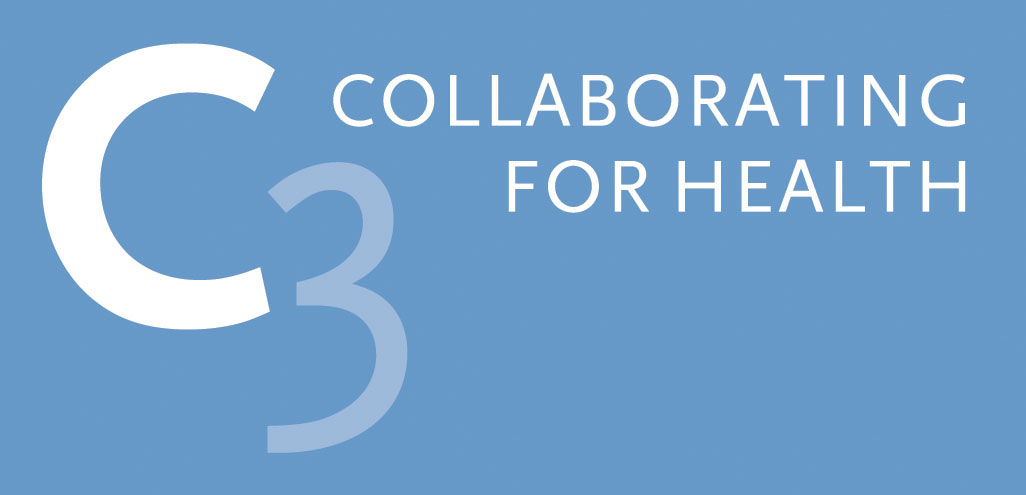Alcohol and cancer – are those pints a problem?
Tuesday 4 February 2020 is World Cancer Day, a day dedicated to raising international awareness for cancer prevention, detection and treatment in order to inspire action for a cancer-free future. Here at C3, we want to stress the importance of prevention when it comes to individual cancer risk. People tend to assume cancer is mainly passed down through families, but genetic factors only play a major role in 5% – 10% of all cancer types. In fact, most cancers are caused by DNA mutations that occur during a person’s lifetime due to environmental factors [1]. Several of these risk factors have received a lot of attention in recent years (think: tobacco, obesity, UV radiation), but did you know that alcohol – even in moderation – has been linked to cancer?
How high is my cancer risk from alcohol?
According to a statement released by the UK Chief Medical Officers in 2016, there ‘is no safe level of alcohol consumption in relation to cancer’. Drinking alcohol at low to medium levels has recently been linked to cancers of the mouth, throat, oesophagus, liver and more, and the risk rises sharply with the amount of alcohol consumed [2]. In the UK, alcohol ranked 6th on the list of preventable cancer risk factors in 2015 and led to almost 16% of all cancer cases that year. This risk is especially high for women, who also face an increased risk of breast cancer with high alcohol consumption levels [3]. Researchers are beginning to understand several ways in which alcohol interacts with other factors to overwhelm your body’s natural cancer defence mechanisms. Alcohol and its by-products weaken the cells in your body, damage DNA, and leave you more vulnerable to other environmental carcinogens. One study published in 2019 discovered that people who smoke and drink regularly are 30 times more likely to get throat cancer than those who use either tobacco or alcohol alone [2]. Additionally, alcohol causes increased levels of hormones in the blood stream, which can heighten the risk of breast cancer in women.
Why aren’t more people talking about this?
Despite the disturbing prevalence of alcohol-related cancers over the past decades, few people seem to be aware of the risks associated with enjoying a drink now and again. In a 2015 public survey, only 13% of participants identified cancer as a health risk that can be caused by heavy drinking [4]. Many decades ago, people were also unaware of the cancer risk posed by smoking cigarettes. For years, the tobacco industry actively fought to suppress information linking smoking to cancer, and now many stakeholders in the alcohol sector today seem to be employing the same strategies. A 2017 survey of 26 organisations in the alcohol industry discovered that 24 regularly engaged in behaviour promoting misinformation about alcohol use and its risks [5]. These behaviours included denial (disputing any studies linking alcohol to cancer), distortion (misrepresenting the nature or size of a risk) and distraction (turning the conversation towards other factors that can cause cancer). As a result, there is little public awareness of the topic.
So what should I do now?
Don’t panic! Calculating risk can be tricky – and an ‘increased risk’ is often misleading for those who have low exposure to other cancer risk factors. For an otherwise healthy, fit person who does not smoke, a 30% increase in risk would really mean a rise from 1% to 1.3% absolute risk. This means that a majority of the population will not suddenly grow a tumour after enjoying a pint of ale or a glass of wine. However, it is important to be aware of the possible harms you leave yourself exposed to by drinking excessively, especially if you regularly drink more than the recommended 14 units of alcohol per week (the equivalent of about six pints of beer or six 175 ml glasses of wine) [2]. One easy way to cut down on drinking is to plan several alcohol-free days per week, and to have one or two fewer drinks on the days you do consume alcohol. Further research is still necessary to better understand the cancer risk posed by alcohol and how it interacts with other carcinogens in one’s environment. We as a community also need to encourage communication about alcohol and cancer – and stop letting big business dominate the conversation. Urge your employers, representatives, educators and healthcare professionals to help spread accurate information and increase public awareness of the problem, so that we all may move forward towards a cancer-free future.
References
[1] Anand P, Kunnumakkara AB, Sundaram C, et al. Cancer is a preventable disease that requires major lifestyle changes [published correction appears in Pharm Res. 2008 Sep;25(9):2200. Kunnumakara, Ajaikumar B [corrected to Kunnumakkara, Ajaikumar B]]. Pharm Res. 2008;25(9):2097–2116. doi:10.1007/s11095-008-9661-9
[2] Calderwood, Dr Catherine. 2019. Alcohol and Cancer Risks: A Guide for Health Professionals. Scottish Health Action on Alcohol Problems [online]. Available at: https://shaap.org.uk/images/cancerdoc/Alcohol_and_Cancer_Guide.pdf (Accessed 27 January 2020).
[3] Statistics on Preventable Cancers. Cancer Research UK [online]. Available at: https://www.cancerresearchuk.org/health-professional/cancer-statistics/statistics-by-cancer-type/breast-cancer/risk-factors#ref- (Accessed 26 January 2020).
[4] Hydes, T.J., Burton, R., Inskip, H. et al. A comparison of gender-linked population cancer risks between alcohol and tobacco: how many cigarettes are there in a bottle of wine?. BMC Public Health 19, 316 (2019). doi.org/10.1186/s12889-019-6576-9
[5] Petticrew, Mark, et al. 2017. How alcohol industry organisations mislead the public about alcohol and cancer. Australian Professional Society on Alcohol and other Drugs. Drug Alcohol Rev. 2018 Mar;37(3):293-303. doi: 10.1111/dar.12596.

